Native American headdresses are not only stunning works of art, but they also hold deep cultural and spiritual significance within indigenous communities. These intricate headpieces vary widely across tribes, reflecting the diverse traditions, beliefs, and histories of Native American cultures. Each type of headdress carries its own unique symbolism, often serving as a visual representation of an individual’s achievements, status, or role within the community. In this exploration, we will delve into some of the most prominent types of Native American headdresses, shedding light on their distinctive features and the cultural contexts that surround them.
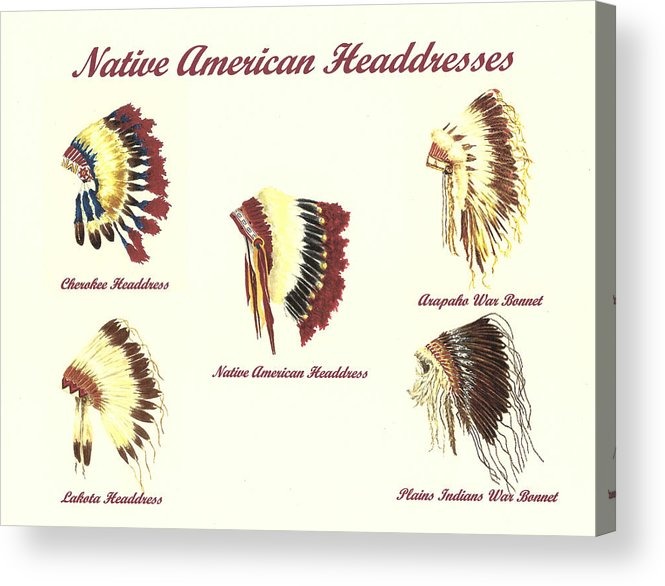
Types of native american headdresses
- Trailer Warbonnet:
- The Trailer Warbonnet is a distinctive headdress primarily associated with the Plains tribes, such as the Lakota, Cheyenne, and Arapaho. It is characterized by a row of upright feathers, often including eagle feathers, attached to a leather or cloth base. This headdress is typically worn at ceremonial events and holds great cultural significance.
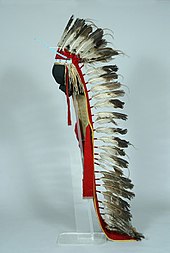
- Straight-up Feathered Warbonnet:
- This iconic headdress is a symbol of honor and bravery among Plains tribes. It consists of a circular arrangement of eagle feathers, with each feather representing a significant achievement or act of valor. The Straight-up Feathered Warbonnet is worn by respected individuals within the community.
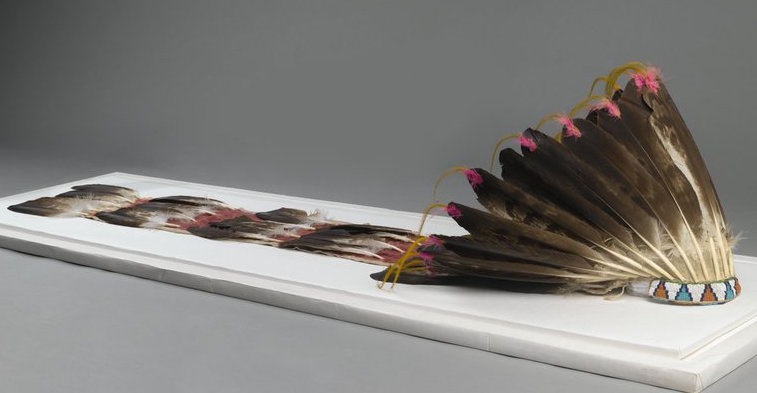
- Fur Turban:
- The Fur Turban is a traditional headdress worn by some tribes of the Great Plains. It typically features a base made of fur, adorned with decorative elements such as feathers, beadwork, and other ornaments. This headdress offers both practicality and cultural significance.
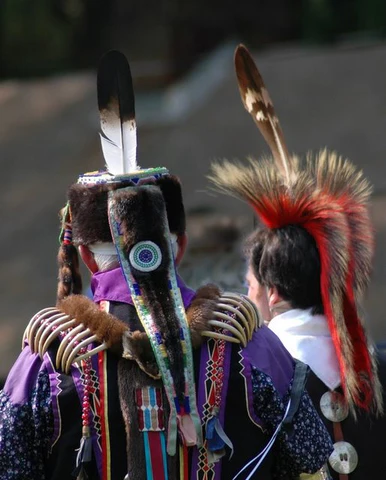
- Feather Headband:
- The Feather Headband is a more streamlined version of the elaborate warbonnets. It consists of a band, often made of leather or fabric, adorned with a single or several feathers. This style is popular among various tribes and is worn in both ceremonial and everyday settings.
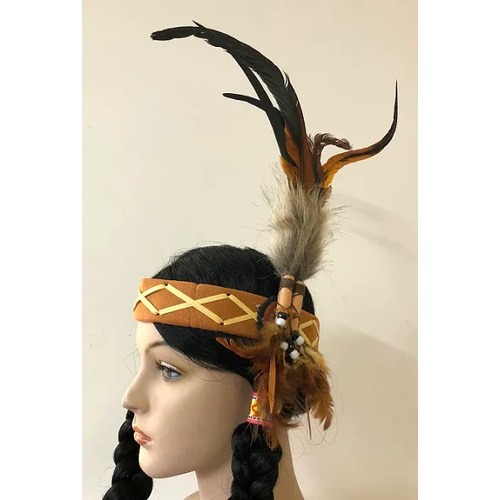
- Aztec and Mayan Headdress:
- Indigenous peoples of Central America, including the Aztecs and Mayans, have their own unique styles of headdresses. These elaborate creations often incorporate intricate beadwork, feathers, and symbolic elements that reflect the rich cultural heritage of these civilizations.
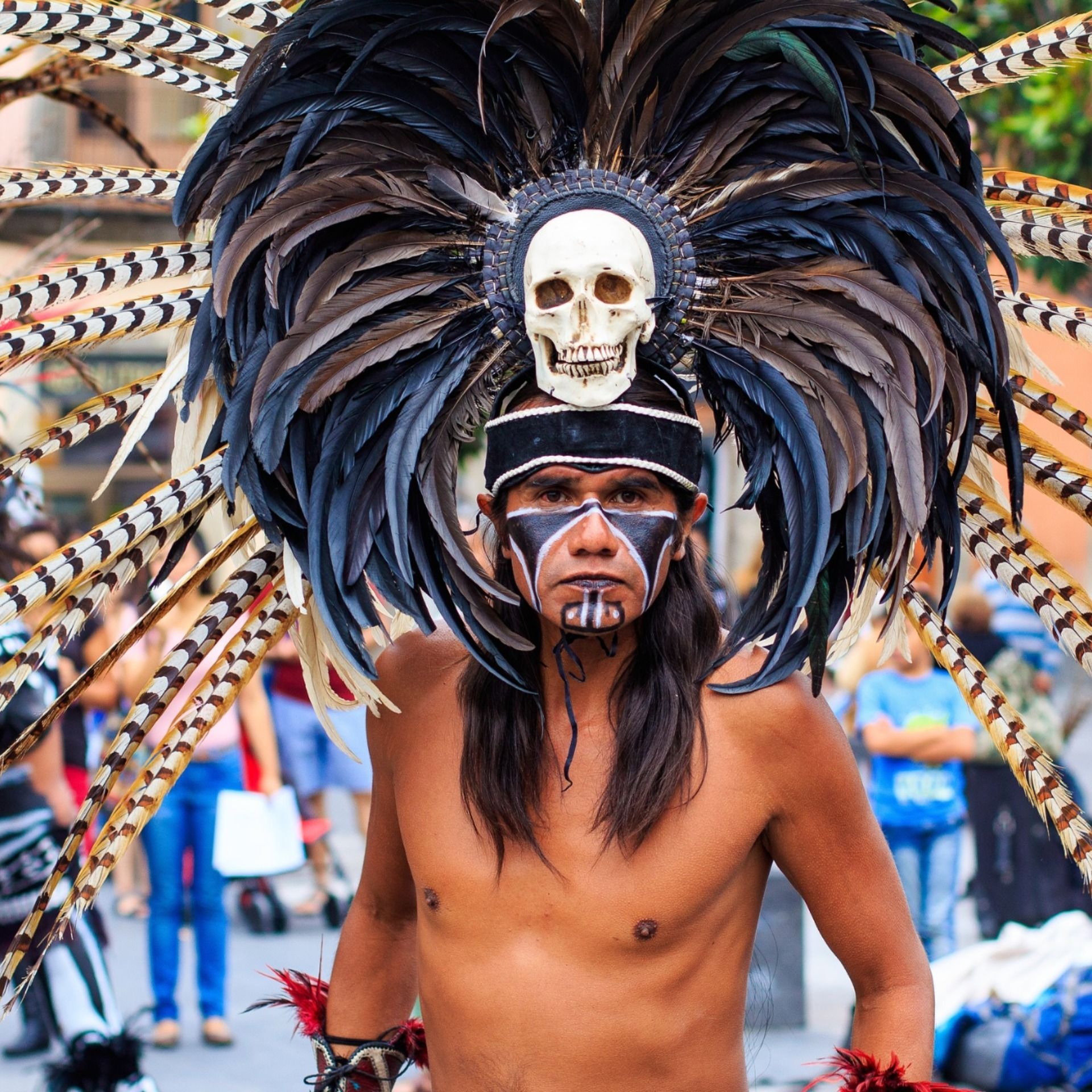
- Roach Headdress:
- The Roach Headdress, also known as a porcupine roach, is associated with tribes of the Northeastern Woodlands, such as the Mohawk and Seneca. It is made from porcupine hair or other materials and is formed into a crest-like shape. This distinctive headdress is worn during ceremonial dances and holds spiritual significance.
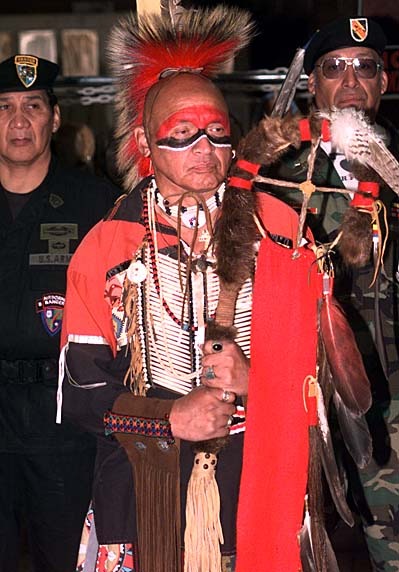
- Buffalo Headdress:
- Among Plains tribes, the Buffalo Headdress is a powerful symbol of connection to the buffalo, a vital resource for these communities. It often incorporates buffalo horns or other elements to honor this revered animal.
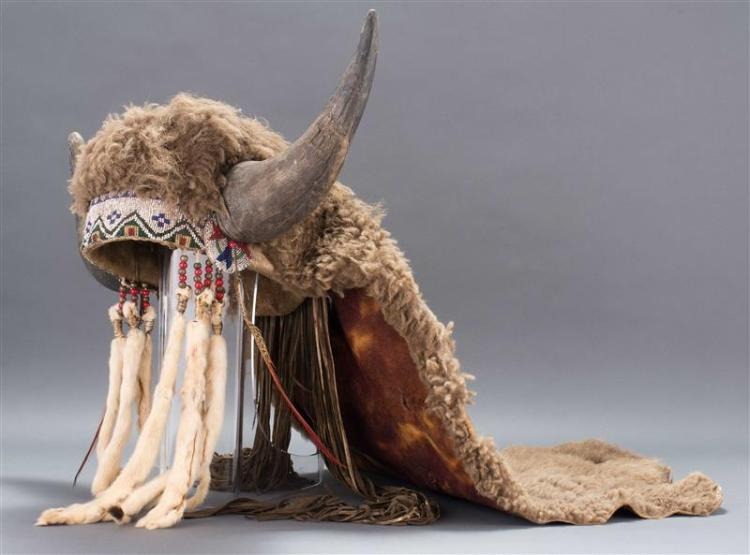
- Basket Headdress:
- Some tribes, particularly those in the Pacific Northwest, create headdresses using intricate woven baskets adorned with various natural materials like feathers, shells, and beads. These headdresses are a testament to the craftsmanship and artistic expression of these indigenous cultures.
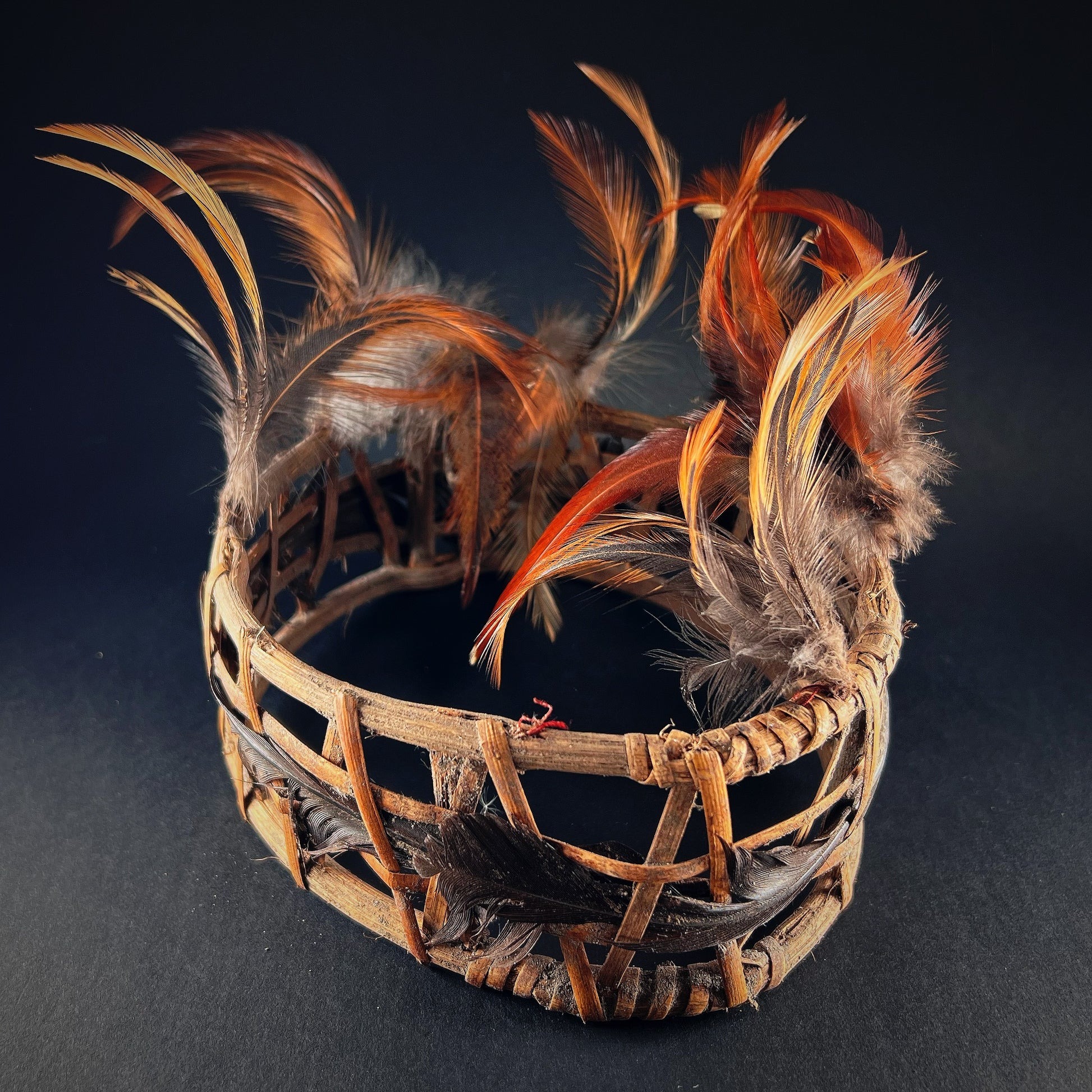
Each of these headdresses carries its own cultural, spiritual, and artistic significance, representing the diversity and complexity of Native American traditions. They serve as a powerful reminder of the rich heritage and enduring traditions of indigenous communities across North America.
Native American Headdresses: Symbolism and Significance
What is the Native American headdress called?
The Native American headdress is often referred to as a “war bonnet” or “warbonnet.” However, it’s important to note that the specific name and style of headdress can vary widely among different tribes and regions. For instance, Plains tribes like the Lakota and Cheyenne commonly use the term “war bonnet” to describe their distinctive feathered headpieces. On the other hand, tribes from other regions may have their own unique names for their respective headdresses, reflecting their distinct cultural traditions.
What is the most famous headdress?
Arguably, one of the most famous Native American headdresses is the Plains Indian War Bonnet. This iconic headdress, characterized by a striking array of upright feathers, particularly eagle feathers, is instantly recognizable worldwide. It has been featured in countless depictions of Native American culture in popular media and art. The Plains Indian War Bonnet symbolizes honor, bravery, and achievements within the Plains tribes, making it an enduring symbol of Native American heritage.
What does a wolf headdress symbolize?
A wolf headdress, much like other animal-themed headdresses, holds deep symbolic significance within Native American clothing. Wolves are revered for their characteristics of strength, unity, and loyalty to their pack. Wearing a wolf headdress can symbolize a connection to these attributes and may represent qualities such as courage, teamwork, and familial bonds. It is a powerful emblem that embodies the spirit and essence of the wolf, serving as a testament to the enduring relationship between Native American tribes and the natural world. See more native american store
Which tribe wore war bonnets?
The practice of wearing war bonnets, particularly the distinctive feathered versions, is most closely associated with the Plains tribes of North America. Tribes like the Lakota, Cheyenne, Arapaho, and others in the Great Plains region are well-known for their use of war bonnets. However, it’s important to emphasize that not all Plains tribes utilized this specific style of headdress, and each tribe had its own unique variations and cultural significance attached to their respective headpieces. Additionally, other tribes from different regions may have their own distinct styles of headdresses with their own names and symbolism.
